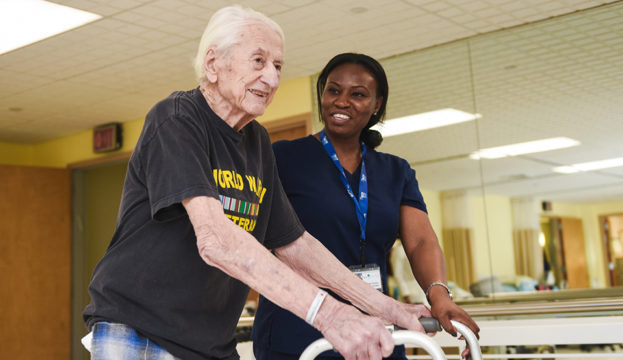Exploring the Varied Techniques of Physical Rehabilitation for Enhanced Recovery and Restoration
Exploring the Varied Techniques of Physical Rehabilitation for Enhanced Recovery and Restoration
Blog Article
Physical rehabilitation is an important field that assists individuals recover from injuries, operations, and multiple health conditions. It involves a range of techniques designed to improve movement, reduce pain, and enhance general physical function. Physical practitioners are qualified professionals who assess each patient’s requirements and create personalized treatment plans. These plans often consist of workouts, manual therapy, and education about physical movements. By using these varied techniques, physiotherapy can substantially enhance a patient’s quality of life.
One common technique used in physical is therapeutic exercise. This includes targeted actions and exercises that help build muscles, enhance range of motion, and increase endurance. For example, a client rehabilitating from leg surgery may perform exercises that focus on rebuilding power in the lower limb muscles. These activities are meticulously selected based on the individual’s status and objectives. By incrementally increasing the intensity and complexity of the activities, physiotherapy practitioners can assist patients regain their strength and mobility over time.
Another important method is hands-on therapy, which comprises hands-on methods to adjust the body’s tender tissues and articulations. This can involve stretching, joint movement, and massage. Manual therapy seeks to relieve pain, minimize swelling, and enhance blood flow. For instance, a practitioner may use light force to relieve tension in stiff muscles or to help a articulation move more smoothly. This technique is often integrated with other therapies to enhance recovery and promote healing. Clients often find hands-on therapy to be a soothing and beneficial way to manage their pain.
In addition to workouts and manual therapy, instruction plays a crucial part in physiotherapy. Therapists instruct patients about their issues and how to manage them efficiently. This may include advice on proper alignment, body mechanics, and strategies to prevent subsequent injuries. For example, a practitioner might demonstrate a client how to lift weighty objects properly to avoid injuring their back. By empowering clients with knowledge, physical practitioners help them assume an active role in their rehabilitation and encourage sustained wellness and fitness.
Ultimately, technology is increasingly being incorporated into physiotherapy practices. Devices such as sonography, electrotherapy stimulation, and immersive reality can improve conventional useful site therapy methods. These tools can help alleviate pain, encourage healing, and offer engaging ways for clients to engage in their recovery. For example, virtual environments can create immersive settings for patients to practice actions in a safe plus secure environment. As technology continues to develop, it offers promising possibilities for enhancing recovery results in physiotherapy.
In summary, physical includes a range of methods that work together to assist recovery and healing. Through rehabilitative exercises, manual treatment, patient instruction, and the application of technology, physiotherapy practitioners provide holistic treatment customized to each patient’s needs. This comprehensive approach not only helps clients regain their physical capabilities but also enables them to maintain their well-being in the long run. As more individuals recognize the advantages of physical, it continues to serve a crucial part in the journey toward enhanced well-being and well-being.